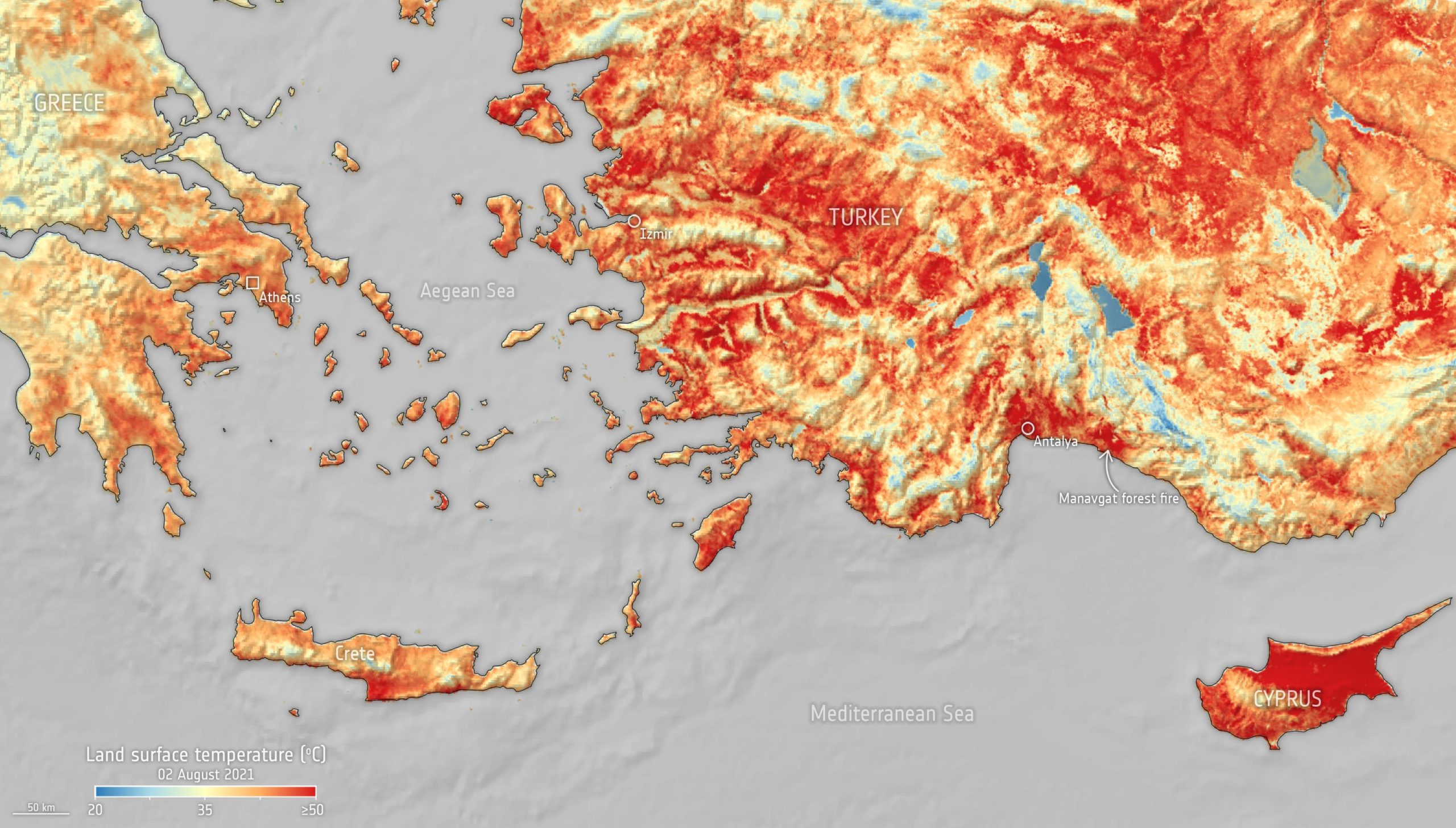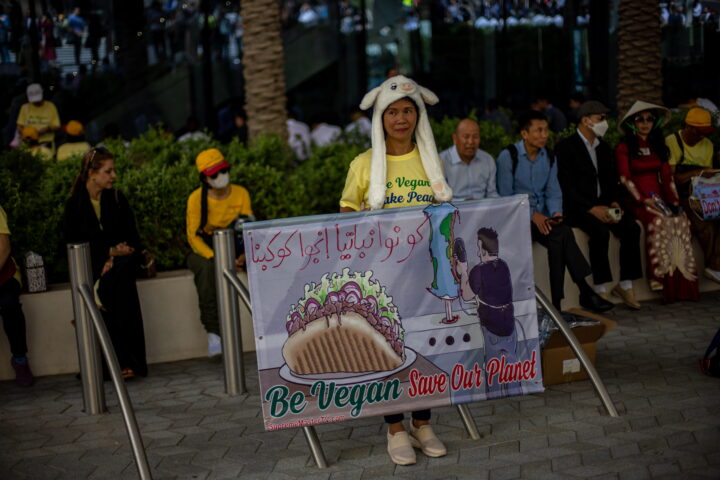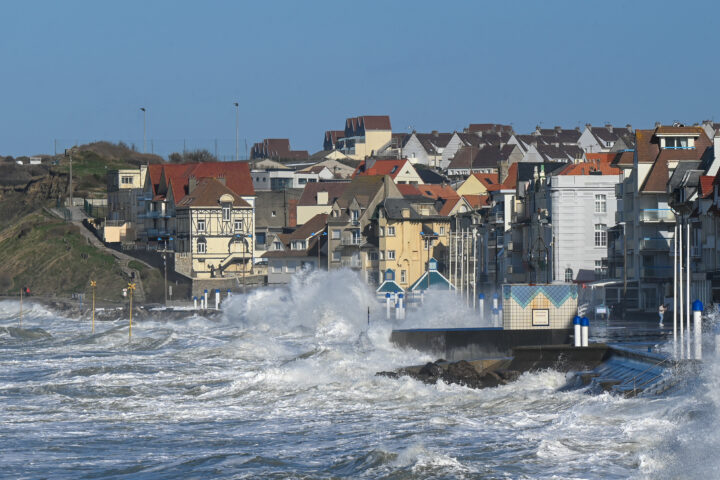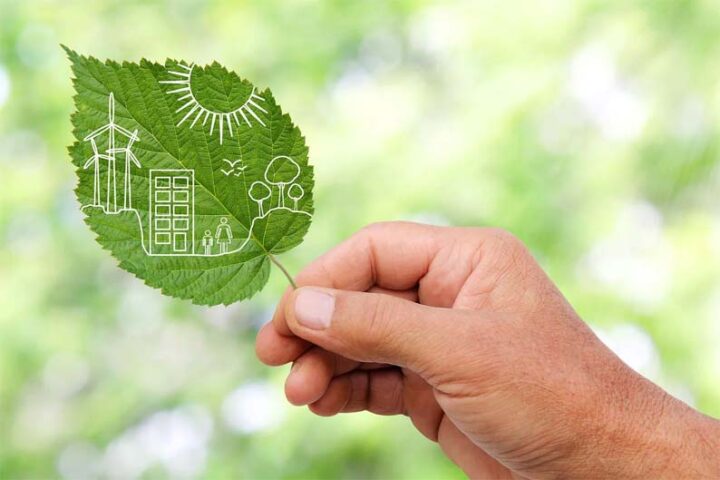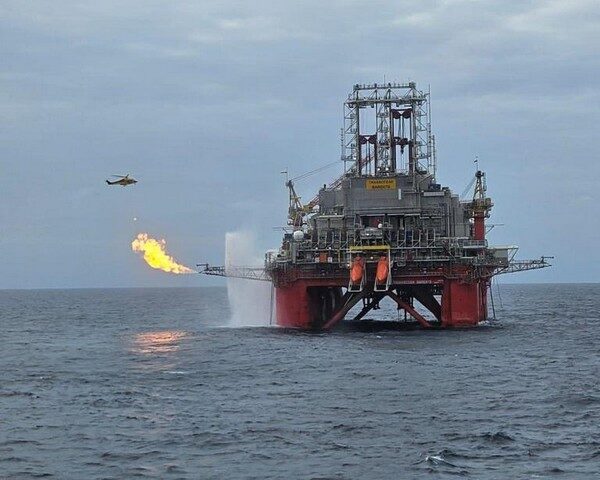By Dr Andreas Poulikkas
The United Nations’ Intergovernmental Panel on Climate Change (IPCC) recently published a new study on global warming and its future effects.
The lengthy paper, written by 234 scientists from 66 countries, citing more than 14,000 scientific papers, is the first major scientific update since 2013 when the IPCC commission found that anthropogenic activity was the leading cause of global warming.
The study’s findings come as no surprise as changes in weather over the past two decades are visible to all.
Evidence is emerging that the world is heading for an even greater disaster without a titanic effort to reduce greenhouse gas emissions.
Past and future emissions have already consolidated changes that will prove irreversible for centuries to millennia, from rising sea levels and the acidification of the oceans to the melting of ice.
The climate crisis is currently affecting the weather in every region of the world, from exhausting heatwaves and drought to the most intense tropical cyclones and increased rainfall phenomena.
Human activity, especially the burning of fossil fuels, has already raised the earth’s average temperature about 1.1 degrees Celsius above pre-industrial levels and concentrations of carbon dioxide and other greenhouse gases in our planet’s atmosphere are at their highest ever in at least 2 million years.
The IPCC and the scientific community, in general, have warned that limiting global warming to 1.5 degrees Celsius, the goal of the Paris Climate Agreement, is vital to preventing potentially catastrophic climate effects.
The IPCC has considered five possible greenhouse gas emission scenarios in the future. These scenarios result from complex calculations that depend on how quickly people will reduce their greenhouse gas emissions.
The calculations also aim to record socio-economic changes in population, urban density, education, land use and wealth.
For example, population growth is estimated to lead to higher demand for fossil fuels and water.
Education can influence the pace of technological developments.
Emissions increase when land is converted from forest to agricultural land.
Scenario 1: Increase of the earth’s average temperature by 1.4°C by 2100
The optimistic scenario is that global greenhouse gas emissions will be reduced to zero by 2050.
Societies will shift to more sustainable practices, with the focus shifting from economic growth to overall prosperity.
Investments in education and health will increase.
Inequality will be reduced.
Extreme weather conditions will be more common, but people will have avoided the worst effects of climate change.
This scenario is the only one that meets the goal of the Paris Agreement to keep global warming at about 1.5°C above pre-industrial temperatures, with the average global temperature rising to 1.5°C, but then decreases and stabilizes around 1.4°C by the end of the century.
Scenario 2: Increase of the earth’s average temperature by 1.8°C by 2100
The best-case scenario is where global greenhouse gas emissions will decrease considerably, but not so fast, reaching zero after 2050.
The socio-economic shifts towards sustainable development will be the same as in the first scenario, but the average earth temperature will stabilize around 1.8°C by the end of the century.
Scenario 3: Increase of the earth’s average temperature by 2.7°C by 2100
The intermediate scenario where greenhouse gas emissions will fluctuate around current levels before starting to decline in the middle of the century but will not reach zero by 2100. Socio-economic factors will follow their historical trends without significant changes.
As a result, progress towards sustainable development will be slow, with growth and income growing unevenly. In this scenario, the earth’s average temperature will probably rise by 2.7°C by the end of the century.
Scenario 4: Increase of the earth’s average temperature by 3.6°C by 2100
The bad scenario where emissions and temperatures rise steadily, and greenhouse gas emissions will almost double from current levels by 2100.
Countries will become more competitive with each other, focusing on national security and securing their own food supplies.
By the end of the century, the earth’s average temperature will have risen by 3.6°C.
Scenario 5: Increase of the earth’s average temperature by 4.4°C by 2100
The worst-case scenario is where greenhouse gas emissions will have doubled by 2050.
This is a future that must be avoided at all costs.
The world economy will grow rapidly, but this growth will be fueled by the exploitation of fossil fuels and energy-demanding lifestyles.
By 2100, the average earth temperature will have risen by 4.4°C.
The IPPC study cannot tell us which scenario is more likely as this will be decided by many critical actors, including the policies to be implemented by the various Governments.
But it does show how today’s choices will affect the future.
In either scenario, overheating will continue for at least a few decades.
How dangerous climate change can become depends on which path humanity chooses to take.
Dr Andreas Poulikkas, Chair of the Cyprus Energy Regulatory Authority
Translation by Financial Mirror

